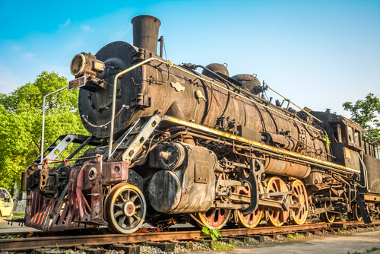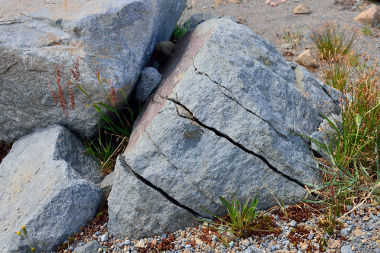Human beings are always using the environment in which they live, especially the elements available in the nature, whether in its direct consumption or for its transformation into goods or products manufactured. For this, he uses the different techniques, which involve the forms and instruments used to better produce and transform the geographic space.
Thus, if the use of techniques is a fundamental issue for the transformation of space, the way in which such techniques evolve and change over time also has direct consequences on the spatial structures surrounding the societies. For this reason, a periodization of the environment is established since its gradual transformation by human activities, going from the natural environment, passing by technical means and finally reaching the technical-scientific-informational environment — classification conceived by the late Brazilian geographer Milton Santos in several of his published works.
natural environment
The natural environment would be the initial stage of the production process of human activities. In this long period that marked the beginning and formation of the first civilizations, as well as the advance of all pre-industrial or non-industrialized societies, social practices were entirely dependent on the environment. Natural.
In this sense, the interference of human beings on the environment had little impact, so that it was more nature that conditioned economic practices, and not the other way around. Thus, nature's ability to recompose nature was greater, given that man's ability to occupy and promote changes in a wide space was relatively limited.
But this did not prevent important practices still used today from being developed. Thus, various agricultural and livestock techniques were developed, many of them still seen as ways to preserve the soil, such as terracing. Livestock techniques also followed the same ideology.

The use of the natural environment was remarkable in traditional societies
technical means
Over time, techniques and technical objects have been better developed as human knowledge expanding, which provided the formation of the bases that consolidated the rise of the technical environment, whose main milestone involved the two first industrial revolutions. With this, the space became a mechanized space, endowed with an ever-wider range of artificial and mechanized goods, rather than simply cultural ones.
In this way, the human being gained a renewed ability to face and, in some cases, to maintain certain control over the laws of nature, with a greater possibility of transforming it into a large scale. This process was operationalized by the use of instruments, which, according to Milton Santos, “no longer they are extensions of your body, but they represent extensions of the territory, true prostheses"¹.
Do not stop now... There's more after the advertising ;)

The technical environment has been consolidated with the advance of industrialization around the world
Technical-scientific-informational means
Currently, it is said that we are no longer experiencing a purely mechanized or technical means, but a means also marked by the greater presence of scientific discoveries and information technologies, the technical-scientific-informational. It represents, above all, the period that manifested itself in a more finished way from the 1970s onwards as a consequence of the Third Industrial Revolution, also known as the Technical-Scientific-Informational Revolution.
The main milestone of this moment is the union between science and technique based on the auspices of the market. Not that there wasn't already an approximation between scientific production and technical developments, but only now such insertion is found in a sense of complementarity, of extension of one in relation to the other. In the meantime, every object is technical and informational at the same time, as it carries with it a broad structure of information.
Such advance allowed the consolidation of the globalization process, better understood as a globalization the diffusion of techniques and objects, a parameter that has information as the main driving energy of its operation. This factor provides changes not only in the geographic space itself, but in the way we perceive it and deal with it.

The technical-scientific-informational environment involves the dissemination of techniques focused on information
Last but not least, it is important to understand that such transformations are not manifested by the world in a homogeneous way, that is, they did not consolidate in all parts of the planet in a homogeneous way. equality. In fact, the development of different techniques in a limited number of locations allowed the advancement of inequalities and the intensification of relations of political and economic dependence between different spaces.
___________________________
¹ SAINTS, M. the nature of space: Technique and time, reason and emotion. São Paulo: Ed. Hucitec, 1996. p.158.
By Me. Rodolfo Alves Pena



